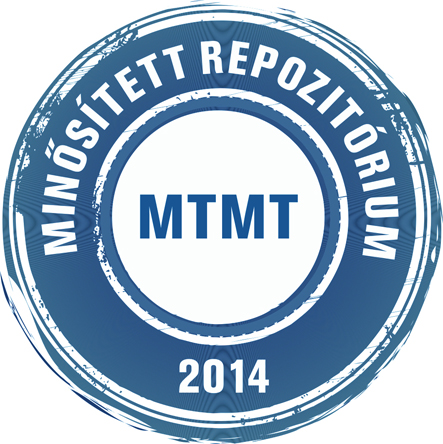Klein Tamás: A sajtószabadság fogalmának jelentésmódosulásai egykor és ma.
Előnézet |
Cikk, tanulmány, mű
szegedi_jogasz_doktorandusz_konf_005_253-263.pdf Letöltés (277kB) | Előnézet |
Absztrakt (kivonat)
The concept of press freedom as a criteria measuring the „level of democracy” is one of the central categories of the disquisition in literature of constitutional law for more than a century. The classical framework in which press freedom is interpreted and which can practicably be corresponded as the ideal of Voltaire-type approach of fundamental right received its eminent place in the catalogue of fundamental rights as an early barrier of (enlighted) absolute state's power. The history of regulating the right for free press constitutes a determining chapter in both universal and domestic constitutional law history. In our county the youth of Pest, the street achieved the freedom of press in a symbolic way in 1849 abolishing the institution of censorship so that the press regulatory limitations abolished for once and all would be introduce again from time to time during the multicoloured and sometimes rugged periods of the Hungarian legal history. Classical liberal approach of the concept of press freedom ruled in the public law system of the dualism, while the autocrat regimes of the 20th century gave a peculiar ideology-, interest- and value bond meaning for this patinated freedom. In the meritum of the new doctrines it was always interpreted regarding to the interest of the current governing force. The system of press institution as well as the ruling of the press and verifying argumentation of constitutional law were functionally subordinated to stat-power interests, the purpose of legal „regulation” was usually the affirmation and protection of the structure of power. The concept of press freedom was set to the interests of the regime, as first consolidation then “the autotelic national state,” finally socialism and the people wished it. The fundamental right analysed by our study has been put in the focus of the modern constitutional theories once again. Researchers who conduct the comparing analysis of the approaches which show significant contrast with each other are sometimes challenged even to find the lowest common multiple. Whose freedom is the press freedom? Is it the freedom of the journalists, the editor or the publisher? Or on the contrary it should be regarded as the right of the community? The classical theoretical verifications of press freedom as instrumental argumentation and individual verification have opposite initiating points which indicates that we are not facing a right which is interpreted uniformly with a common content but one which has more interpretation interval. The question in the focus of the debate in the diverging theories is whether or not constitutional right of press freedom is multi-dimensioned. Besides its negative side (the state's obligation of abstain also as a guarantee) it is necessary to raise the question if positive side of press freedom exists in abstacto or it is necessary to be presented in legal regulation in concreto which can be interpreted as a special institution protecting obligation of the state, and according to its devotees this is also the presupposition of press freedom's emergence. Technological development which partly queries the validity press law's old concepts is a different challenge and presumably leads to the appearance of a new direction of constitutional press freedom paradigm, establishing a new interpretational framework for the constitutional court in the near future. As an example I would refer to the problems of comments on the Internet, through the interpretation of which the Hungarian Constitutional Court and the Council of the European Union has come to an adverse conclusion, or the issue of search engines subsuming under a press (law) category. The authentic content of law in its entireness can only be determined through its social reality and boundaries. An attempt of defining press freedom can only be made with the consideration of such aspects.
| Mű típusa: | Konferencia vagy workshop anyag |
|---|---|
| Egyéb cím: | Metamorphosis of the meaning of press freedom in the past and nowadays |
| Befoglaló folyóirat/kiadvány címe: | Alapelvek és alapjogok |
| Dátum: | 2015 |
| Kötet: | 5 |
| ISSN: | 2063-3807 |
| ISBN: | 978-963-306-404-7 |
| Oldalak: | pp. 253-263 |
| Sorozat neve: | Szegedi Jogász Doktorandusz Konferenciák |
| Nyelv: | magyar , angol |
| Kiadás helye: | Szeged |
| Konferencia neve: | Alapelvek és alapjogok (2014) (Szeged) |
| Befoglaló mű URL: | http://acta.bibl.u-szeged.hu/74889/ |
| Kulcsszavak: | Sajtószabadság |
| Megjegyzések: | Bibliogr. a lábjegyzetekben ; összefoglalás angol nyelven |
| Szakterület: | 05. Társadalomtudományok 05. Társadalomtudományok > 05.05. Jogtudomány |
| Feltöltés dátuma: | 2022. már. 28. 10:44 |
| Utolsó módosítás: | 2023. dec. 05. 11:25 |
| URI: | http://acta.bibl.u-szeged.hu/id/eprint/74936 |
 |
Tétel nézet |



